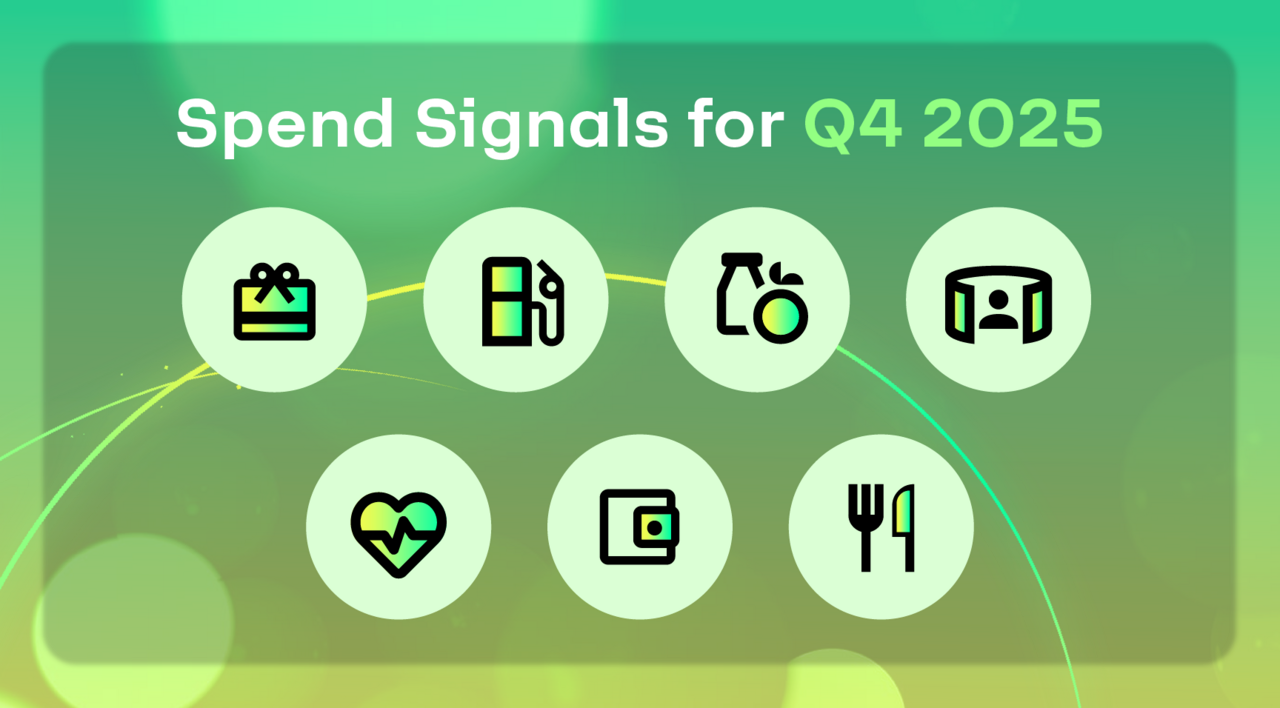APIs (application programming interfaces) have taken the world by storm — especially when it comes to commercial businesses and enterprises. Today, 97% of enterprise leaders say APIs are integral to survival, with total expenditures for API strategies reaching $23.6 million in 2022.
APIs can be used in a number of ways to benefit modern organizations. From telecom companies and entertainment venues to public government agencies, the API value chain generates $12.7 million every three years and comes with a projected ROI value of 674%.
That said, some industries may find more value in APIs than others. Certain commercial verticals may require more interconnectivity than others, with increased adoption seen in finance, software, and telecommunication companies around the globe. This includes mass payout APIs, especially for businesses on a global scale.
But why do companies decide to use APIs for mass payouts? And which industries benefit the most from their integration?
Let’s look at some examples of vertical industries benefiting from mass payout APIs, including their case studies, benefits, and projected ROI.
What is a mass payout API?
A mass payout API is a type of application programming interface designed to connect multiple payment methods into a single point of contact. Developers can easily combine all their different disbursement methods into a single adaptable gateway that serves hundreds or even thousands of customers.
A mass payout platform's API can serve dozens of purposes. For example, you could use your API to create customer-facing apps or programs for reward systems, loyalty programs, or employee engagement incentives. Alternatively, you could use your API to send money to clients, merchants, or contractors all over the world.
And if you choose to work with a vertical API, you can accomplish even more.
Vertical API and horizontal API
There are many different types of APIs available for mass payouts. Today, there are two major methods to consider: the horizontal API and the vertical API.
Horizontal APIs can be adapted to any specific use case. They often serve brands across multiple industries and are easily customized to meet specific needs. A good example of a horizontal API is Mulesoft, which connects various technological systems (like enterprise resource planning or ERPs) to other parts of your tech stack (like CRMs).
In contrast, vertical APIs are industry-specific solutions designed to suit a particular business, field, or niche. These are often built by seasoned experts with deep experience in the said business vertical and typically accompany tailor-made architecture to accomplish specific tasks for functions.
A few examples of vertical APIs include:
- Retsly, a real estate API acquired by Zillow
- Aftership, an API designed to track shipments from 350+ couriers
- Infermedica, a healthcare-focused API for simplifying patient diagnostics
It’s clear that a mass payout API should be considered a vertical API. Mass payouts can serve a wide variety of industries but specialize solely in payments, payouts, and global disbursements. This is one of the reasons why thousands of leading brands rely on mass payout APIs to power their daily operations.
How many companies use vertical APIs for mass payouts?
More and more businesses are relying on APIs to automate tasks and conjoin critical pieces of their tech stack.
The statistics have skyrocketed in recent years:
- Around 64% of companies with one to 50 employees use 10 internal APIs on a daily basis.
- Nearly 40% of enterprise brands with 10,000+ employees manage more than 250 internal APIs on a given day.
- Approximately 70% of developers believe API use will rise in 2023, suggesting an increase in interest over the next 12 months.
Thousands of companies across the globe use APIs to simplify vertical and horizontal functions — including payment automations for mass disbursements in global or international locations.
Why nearly every industry can benefit from mass payout APIs
Now that we’re familiar with API facts and definitions, we can take a closer look at how their use benefit business.
There are many exciting benefits to using vertical APIs for mass payouts. A few of these include:
- Increased revenue — Multiple industries cite an increase in revenue stemming directly from the API economy. More than half (55%) of companies say they use APIs as a revenue stream, with more than a third generating over 25% of their organizational revenue from integrated APIs.
- Improved collaboration — APIs can help busy organizations stay aligned with internal and external collaborators. Today, 41% of organizations expect APIs to assist with collaboration between themselves and third-party vendors. An additional 42% believe APIs may increase collaboration within their internal development teams.
- Faster delivery — Approximately 60% of modern businesses use APIs to deliver products faster. This could mean delivering gift cards or refunds to customers or disbursing funds in a mass global payout.
- Better experiences — An integrated API can improve overall experiences for customers, companies, and third-party vendors. Businesses are hopeful that by utilizing APIs, they can enhance both customer and developer experiences.
By connecting your brand to an industry-specific API, you can automate repetitive tasks, streamline payout processes, and even delight your customers in a front-facing application.
Specific industries benefiting from mass payout APIs
Nearly every industry can benefit from a mass payout API. However, there are some verticals with more specific use cases that lend themselves well to bulk disbursing.
SaaS (Software as a Service)
The best cloud-based platforms provide a host of benefits to their clients and pride themselves on connecting with multiple platforms and integrations. An API for mass payouts provides the perfect solution for developing a single point of contact for thousands of transactions.
Perkbox is one of the best examples of integrating a mass payout API with their global employee rewards platform. By connecting their cloud-based platform to the Runa API, they were able to help their customers send mass payouts via gift cards to employees all over the world — and through more than 1,300 different retailers.
Marketing
The ultimate goal of a digital marketing service is to balance the needs of their clients with the needs of their consumers. Therefore, integrating with a holistic mass payout API can help these companies develop safer, faster, and more immediate payment solutions.
This was the case for VoucherCodes, a digital marketing company specializing in deals, discounts, and consumer savings. The company initially struggled to manage fragmented and time-consuming manual processes and was stuck creating orders through error-prone spreadsheets that took three to five days to fulfil.
VoucherCodes decided to integrate with the Runa API to quickly facilitate mass payouts in even less time. Today, the company has saved over 1,000 hours of manual work by automating the delivery of e-gifts and coupons for 5,000 of the UK’s biggest retailers and attractions.
Telecommunications
In order to compete for new customers and stand out in a competitive industry, virtual phone companies and VoIP providers must continuously invest in customer incentives. Discount campaigns are an excellent way to do this, although the disbursement of mass payments can be challenging without additional help.
That was the situation in which Vodafone found itself. As a leading telecommunications provider in 26 countries, the company ran multiple incentive campaigns that took multiple days to set up. But by integrating their system with the Runa mass payout API, they were able to reduce their campaign’s time-to-launch from multiple days to just one hour.
Today, Vodafone is able to drive customer acquisition through digital rewards connected through the Runa API.
Retail and e-commerce
The retail vertical is increasingly vast, including both physical stores and e-commerce sites. Today’s global brands often struggle to disburse payments to customers wanting to transform “loyalty points” or “cashback rewards” into tangible digital value.
Halfords is just one example of a physical and e-commerce retailer looking to develop a solution to this problem. The company offered gift cards as a token of goodwill to customers and provided Halfords-branded gift cards to private companies or within its call centers. It wasn’t long before they discovered this process was far too expensive to run manually, and decided to turn to the Runa API to optimize their existing infrastructure.
With Runa, Halfords was able to incentivize existing customers with digital rewards to more than 500 different retailers. The company could also issue branded gift cards directly through the API, helping them keep an eye on payments, invoicing, and reconciliation from the same convenient dashboard.
Food and beverage
The food and beverage industry is projected to grow substantially over the next few years, with the greatest amount of attention placed on digitization. But this isn’t unique just to F&B — across all industries, more than 91% of organizations say they are engaged in some sort of digitalization plan, while 87% of senior leaders say digitization is critical to success.
Food and facilities management company Sodexo is one of the first examples of pursuing digitalization through payments. The food and facilities management company was interested in optimizing their mass payout system to result in faster ordering, payment, and fulfillment processes.
Sodexo partnered with the Runa API to create a customized solution for their customers, employees, and partners. By leveraging a mass payout system for fast and immediate disbursements, the company was able to better prioritize operations and uplift their average load value by 50%.
Pitfalls to avoid when integrating to a mass payout API
It’s clear that many modern industries and verticals can see lasting benefits by connecting with APIs specifically for mass payout. However, the path to implementation can be challenging without the right partner.
A few of the most compelling of these limitations include:
- Difficulty tooling and managing API
- Navigating the security and governance of API in their respective organizations
- Managing API access control for specific members of their business
- Accessing robust documentation and support during the initial phases of API implementation
- Locking in vendors and ensuring stable gateways between one piece of software and another
It’s critical to find a mass payout API that can help you navigate this implementation process with ease. Thankfully, global brands and enterprises don’t have to look far — the Runa API is accessible to millions of organizations in countries all over the world.
Runa: the easiest way to utilize a mass payout API
Mass payout APIs are here to stay, and the Runa API makes them easier to facilitate than ever. Developed by a team of experts for a wide variety of industries, our adaptive program interface can be implemented into a vast number of use cases for paying customers, clients, and vendors all over the world.
Here’s what sets us apart:
- We can help you transform digital value into exactly what customers want. We offer payouts via gift cards, subscriptions, shares, prepaid cards, cryptocurrency, and more.
- You can easily integrate the Runa API with customer-facing portals and apps. Turn your rewards app or loyalty program into a passive revenue generator with branded customizations for instant customer recognition.
- You can send mass payouts to international countries and automatically convert currencies on the fly. With Runa, you can facilitate forex in 30 countries with 18+ currencies and 16+ languages.
- We can help you look closer at customer data and make more informed decisions for your company and its future. Our robust data analytics platform provides everything you need to unlock customer segments and their associated data.
- There’s no need to spend money on extra fees or commitments with Runa. Since you only pay for what you need, you can save more with every transaction and allocate internal resources for other uses.
Best of all, you can sign up for a free Runa account in just 15 minutes or less. You don’t have to pay to dig into the documentation — everything you need to know is freely available on-site.
Runa is the best way to automate mass payouts through an adaptive API on a global scale. If you’re interested in learning more and want to talk with a member of the team, why not schedule a demo? We would be happy to walk through our features and solutions in a one-on-one consultation just for you.



